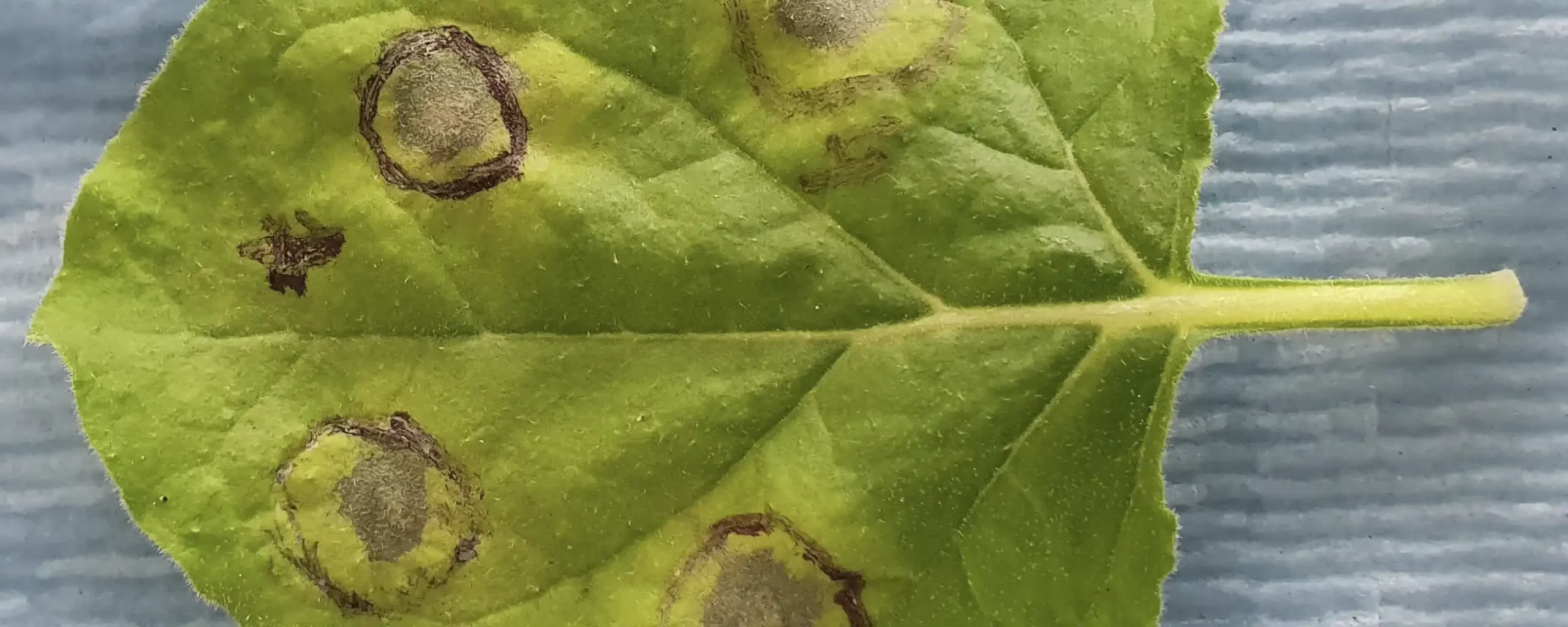Can the deathbed rally of a few dying cells save the rest of the body? New evidence from plants
The “deathbed rally,” the “last hurrah” — it’s not unheard of for living things to mysteriously perk up in the moments before death. It turns out that plants do it too, at least at the cellular level.
A new study shows that diseased plant cells rally before their final demise, cranking up their protein-making machinery before life fades away. This end-of-life surge serves an important purpose: it actually helps the rest of the plant stay healthy, says Duke biology professor Xinnian Dong.
Dong and colleagues identify the driving force behind this end-of-life upturn of cells in the journal Cell Host & Microbe.
Anyone who has tended a garden or tried to revive a sad houseplant knows that, just like people, plants can get sick too.
Indeed, more than 15% of the crops we rely on for food — such as wheat, rice and corn — is lost to plant pathogens such as fungi and bacteria, costing $220 billion each year.
Luckily plants have a built-in defense system to help them fight off diseases. But unlike humans and other animals, plants don’t have specialized germ-killing cells that travel through the bloodstream to seek out and destroy invaders. Plant cells can’t move around, so to deal with infection they use a different defense strategy: they cut their losses.
When a plant senses that it’s under attack by microbial invaders, cells at the infection site sacrifice themselves to keep the disease from spreading to other tissues.
In the new study, the researchers measured changes in the production of proteins — the workhorse molecules of life — inside the leaf cells of Arabidopsis plants that had been infected with a bacterial pathogen called Pseudomonas syringae.
The team found that before a diseased plant cell self-destructs, its protein-making machinery does a surprising thing: instead of shutting down it actually ramps up.
“Before they die they actually produce a lot of proteins to help the rest of the plant,” Dong said.
This surge inside doomed cells is a distress call as if to say, “we’re going down; save yourselves.”
“They’re sending out signals to the rest of the plant that we’re under attack” in order to prime the immune system in healthy tissues, Dong said.
Along with Duke postdoctoral researchers Tianyuan Chen and Guoyong Xu (now a professor at Wuhan University), Dong and colleagues also wanted to figure out how infected plant cells initiate this “final farewell” before inducing their own ruin.
Using a genetic screen, they identified a plant protein called CDC123 that kicks a process called translation into high gear, fueled by rising levels of an energy-carrying molecule called ATP.
In plants with a mutated form of CDC123, they found that infected cells can no longer crank out proteins before they die, and the plants aren’t as good at keeping P. syringae bacteria at bay.
“We’re one step closer to understanding what really causes plant disease resistance,” said Dong, who has studied the molecular basis of plant immunity for more than 30 years.
The researchers hope that what they have discovered in Arabidopsis can be applied to economically important crops such as rice to enhance disease resistance without compromising yield.
The same CDC123 protein is required for translation in other species, including yeast and humans, which raises the question of whether similar mechanisms might be at work beyond plants, Dong said.
In animals, for example, microbial infections can trigger a type of cellular self-destruction called pyroptosis that alerts the immune system. Whether a similar “deathbed rally” also occurs during this type of cell death remains to be tested, Dong said, “but we hope researchers will look into it.”
This research was supported by grants from the National Science Foundation (IOS-1645589 and IOS-2041378), National Institutes of Health (R35-GM118036-06) and the Howard Hughes Medical Institute.
Read the paper: Cell Host & Microbe
Article source: Duke University
Image: Cellular suicide: The brown spots on this leaf are zones of plant cells that have sacrificed themselves to contain infection. Credit: Wikipedia






